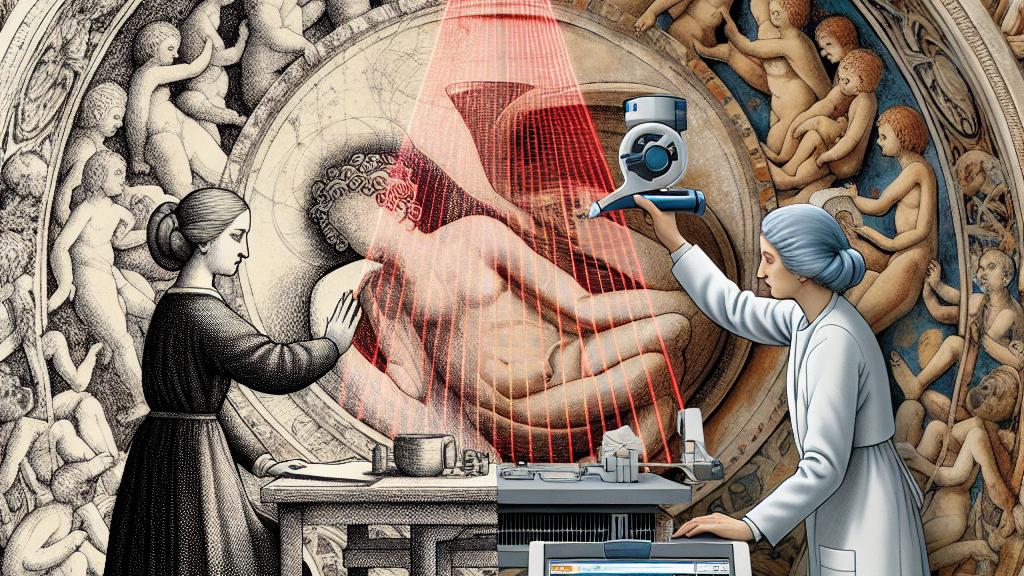Revolutionizing Fresco Conservation with Laser Doppler Vibrometry
Overview
- Laser Doppler vibrometry redefines fresco conservation methods with precision.
- It uncovers hidden delamination, ensuring artworks remain intact and beautiful.
- Future tools aim to make fresco preservation accessible for everyone.

A New Chapter in Fresco Conservation
In the vibrant landscape of the United States, fresco conservation is entering an exhilarating new chapter, driven by groundbreaking technological advancements. Traditionally, conservators employed a method that involved gently tapping the fresco surfaces, a practice reliant on keen hearing and expert skill to identify any hidden damage. This technique, while practical, has significant limitations—it often leaves the fate of fragile artworks in the hands of specialists whose abilities can vary widely. However, the dynamic research led by Joseph Vignola at the Catholic University of America is steering conservation practices into the future. With the introduction of laser Doppler vibrometry, a sophisticated method that analyzes the vibrational responses of the plaster, conservators can now evaluate iconic frescoes—such as those found in the magnificent U.S. Capitol—with remarkable accuracy and preservation of integrity.
Unleashing the Power of Laser Doppler Vibrometry
Curious about how laser Doppler vibrometry actually works? Picture this: a focused laser beam gliding over the surface of a fresco, measuring minute vibrations that tell a story of structural health. This innovative technology employs sound waves to stimulate motion within the plaster, capturing intricate vibrational signatures that indicate regions of delamination—areas where the plaster might be separating from its base. Notably, Vignola’s team has successfully identified previously unnoticed defects that traditional methods could easily overlook. Think about a meticulously crafted art piece revealing its hidden layers through sound—it's almost poetic! But there's more; the latest advancements in signal processing are enhancing this technology, allowing experts to visualize not just where damage occurs, but to determine its precise size and shape. Such insight ensures that repairs are not just effective, but artfully conceived, preserving the fresco for future generations.
Shaping the Future of Cultural Heritage Preservation
As we look towards an exciting future, imagine a world where the art of fresco conservation is within everyone’s reach. Researchers aspire to create intuitive smartphone applications that could allow anyone—students, art enthusiasts, or curious onlookers—to analyze the condition of frescoes using this sophisticated technology. Just visualize the impact such tools could have: families admiring artworks in their community while also contributing to their preservation! This democratization of conservation knowledge would not only elevate public interest and education regarding our cultural heritage, but also ignite a collective passion for preserving these historical treasures. Thus, as technology further bridges the gap between time-tested methodologies and modern science, we are empowered to ensure that the magnificent narratives painted on these walls endure. In this pursuit, we are not merely conserving art; we are safeguarding our shared history, ensuring that these exquisite frescoes continue to speak through time, inspiring and captivating future generations.

Loading...